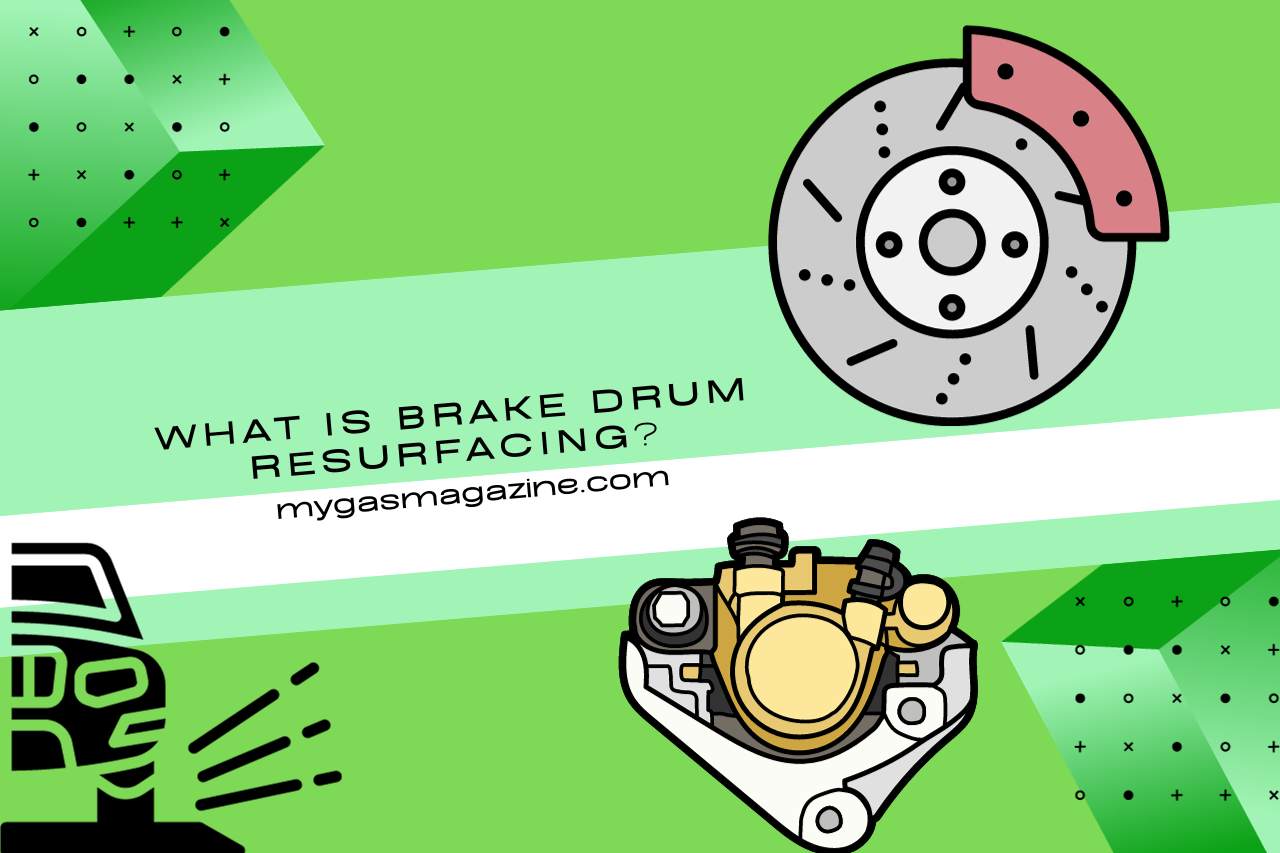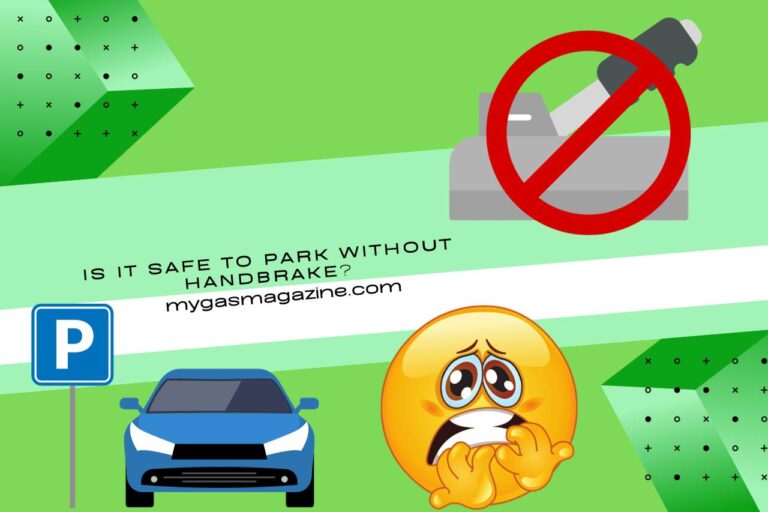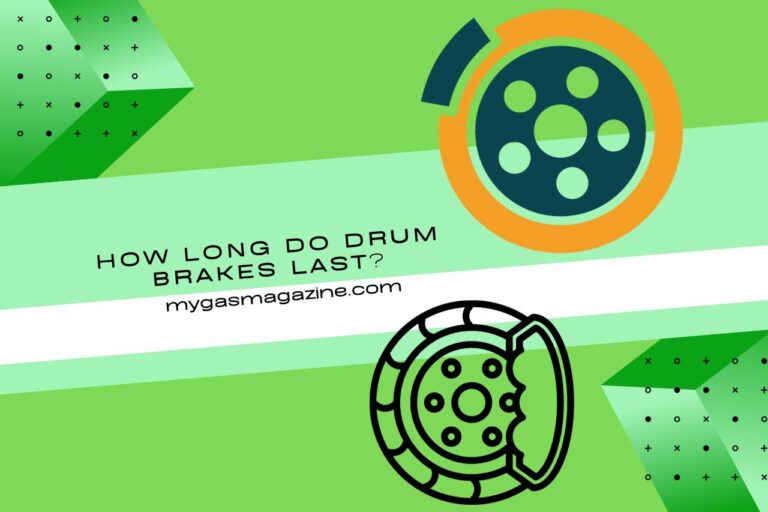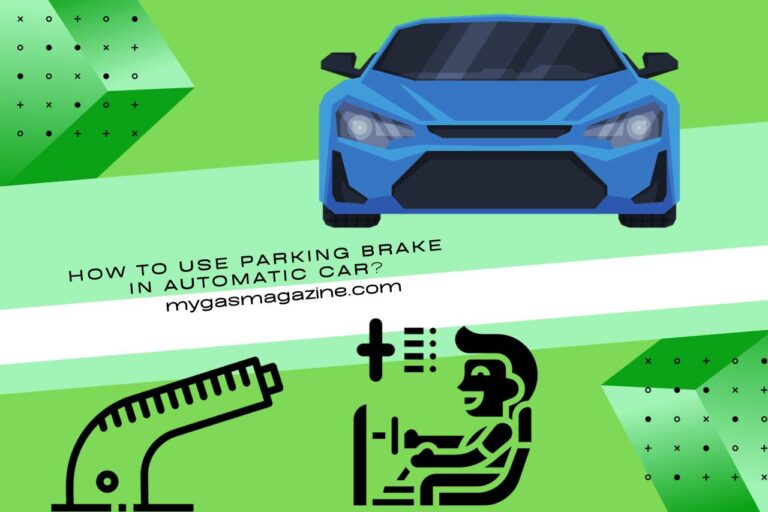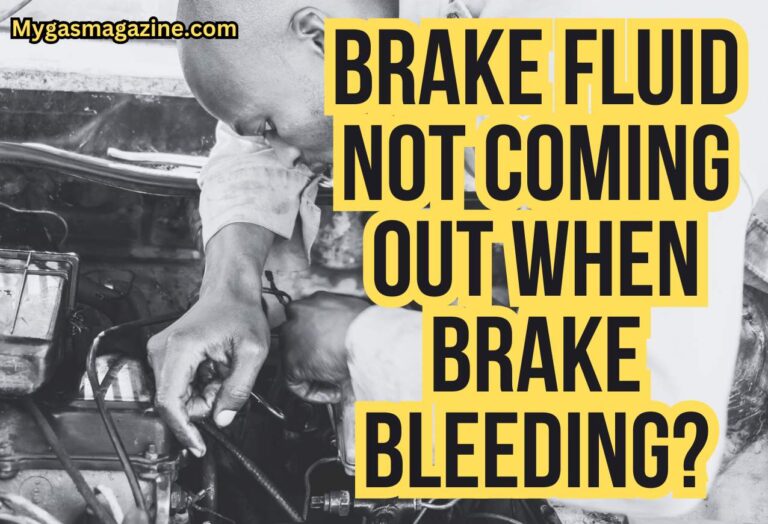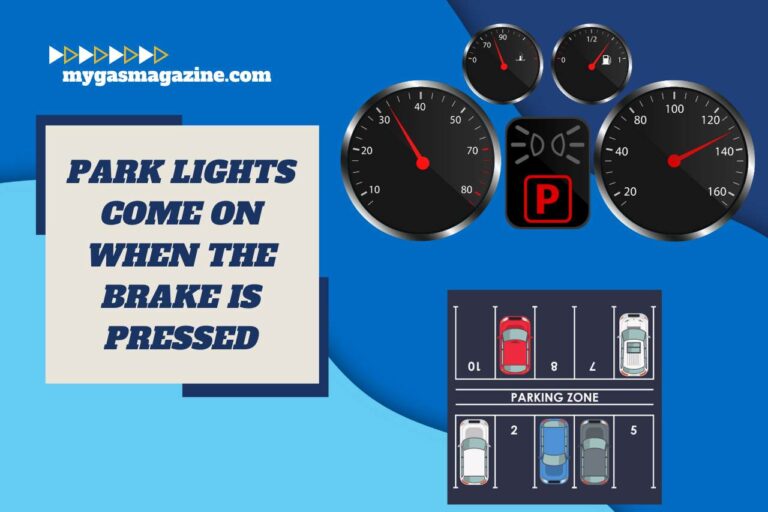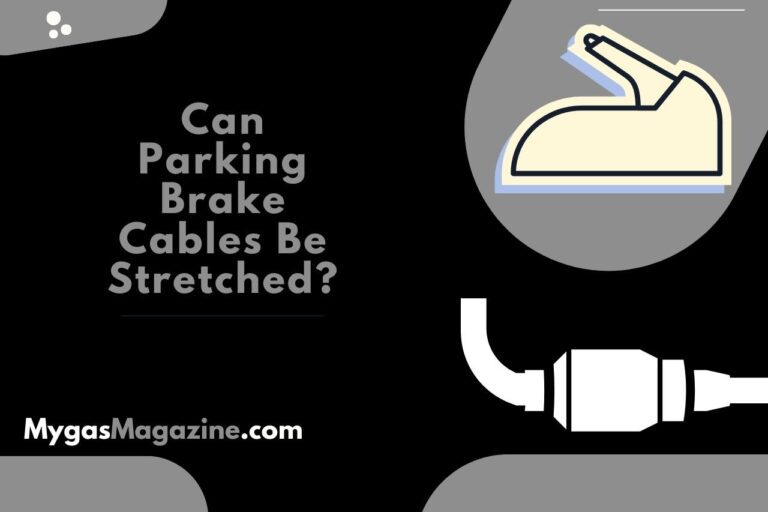What is Brake Drum Resurfacing? (Process & Benefits)
Understanding what is brake drum resurfacing is essential for us as vehicle owners, especially for those of us who are looking to maintain optimal braking performance. This guide explores your key aspects of brake drum resurfacing, providing you an extensive comprehensive overview of the process and its importance. We begin by defining your brake drum resurfacing and discussing when your maintenance procedure becomes necessary. Whether you’re a seasoned car enthusiast or just a new driver, understanding such intricacies of brake drum resurfacing is crucial when it comes to your safety and efficient vehicle operation.
What is Brake Drum Resurfacing?
Brake drum resurfacing is a crucial maintenance process in your vehicle care. It involves the following steps:
- Understanding the Process: Brake drum resurfacing is your process of smoothing out your interior surface of your drum, where your brake shoes make contact. Over time, the surface of your brake drum can become worn, grooved, or warped, affecting your entire braking performance.
- Purpose of Resurfacing: The primary goal of this process is to create a flat, smooth surface for your brake shoes to contact. This improves your efficiency as a braking system, ensuring that you have a consistent braking and prolonging the life of your brake shoes.
- When Resurfacing is Done: Resurfacing is typically performed during your brake service when your wear, scoring, or minor warping is noticed on your drum. This is an alternative to replacing your entire drum, and often considered to be a more cost-effective solution.
- The Resurfacing Process: The process involves mounting your drum on a specialized lathe. Then the lathe rotates your drum while your fixed cutting tool removes all the small layer of metal from your drum’s interior surface, which in turn created a smooth, even finish.
- Limitations: There is a limit to how much material can be removed from your drum before it becomes too thin and must be replaced. Mechanics will measure your drum’s thickness to ensure that it is within your safe operating limits before resurfacing.
Brake drum resurfacing is an essential service for maintaining your braking system’s safety and effectiveness, especially in your vehicles with drum brakes.
When is Brake Drum Resurfacing Necessary?
Brake drum resurfacing becomes a necessary aspect when it is done under specific conditions to maintain your overall optimal braking performance. Here are the key indicators that ensure your right time for resurfacing:
- Visible Wear and Grooving: If your drum’s surface shows significant wear, grooves, or scoring, resurfacing can smooth out such imperfections. Resurfacing ensures effective contact with your brake shoes.
- Vibration During Braking: If you feel there is a vibration or pulsing in your brake pedal when braking, it can be your sign of warped brake drums. So, resurfacing can correct such minor warping issues.
- Noisy Brakes: Unusual braking noises, such as squealing or grinding, can indicate that you have an uneven wear on your drum surface. Resurfacing can eliminate such noise sources by creating an uniform surface.
- Regular Brake Service: During your routine brake servicing, if your mechanic notices any uneven wear or minor surface damage on your drums, they may recommend resurfacing as your preventative measure.
- After Installing New Brake Shoes: When your new brake shoes are installed, resurfacing your drums ensures that you have a proper and smooth surface for your new shoes to bed in, enhancing your braking efficiency.
- Thickness Check: Drums must be within your safe operational thickness. If they are too thin, replacement rather than resurfacing is required.
Brake drum resurfacing is your most cost-effective way to extend the life of your brake drums and maintain your safe braking, provided by your drums are in a condition suitable for resurfacing.
How is Brake Drum Resurfacing Done?
Brake drum resurfacing should be your precise process carried out by your skilled mechanics to ensure that you have an optimal braking performance. The process involves following the steps below:
- Removal of Your Drum: The vehicle is raised, and your wheels are removed to access your brake drum. The drum is then carefully detached from your wheel hub.
- Inspection for Damage: Before resurfacing, your drum should be inspected for any visible cracks, deep grooves, or excessive wear. If your drums are with severe damage, you must replace them rather than resurfacing.
- Measuring Drum Thickness: The mechanic measures your drum’s thickness to ensure that it is above the minimum safety threshold. This determines whether your resurfacing is viable or if your drum replacement is necessary.
- Mounting on a Lathe: The drum is mounted on your specialized brake lathe. The lathe holds to your drum securely and rotates it at your steady speed.
- Resurfacing: A cutting tool on your lathe removes a thin layer of metal from your drum’s interior surface, smoothing out to your imperfections and creating a uniform surface.
- Final Inspection and Balancing: After resurfacing, your drum is inspected for evenness and balance. If any imbalance is noticed, it can lead to vibration during your braking.
- Reinstallation: Once you have resurfaced it, your drum is reinstalled, along with your brake shoes and wheel.
Brake drum resurfacing requires precision and expertise to ensure that your drum is resurfaced evenly without removing any excessive material, while maintaining your safety and effectiveness of your brake system.
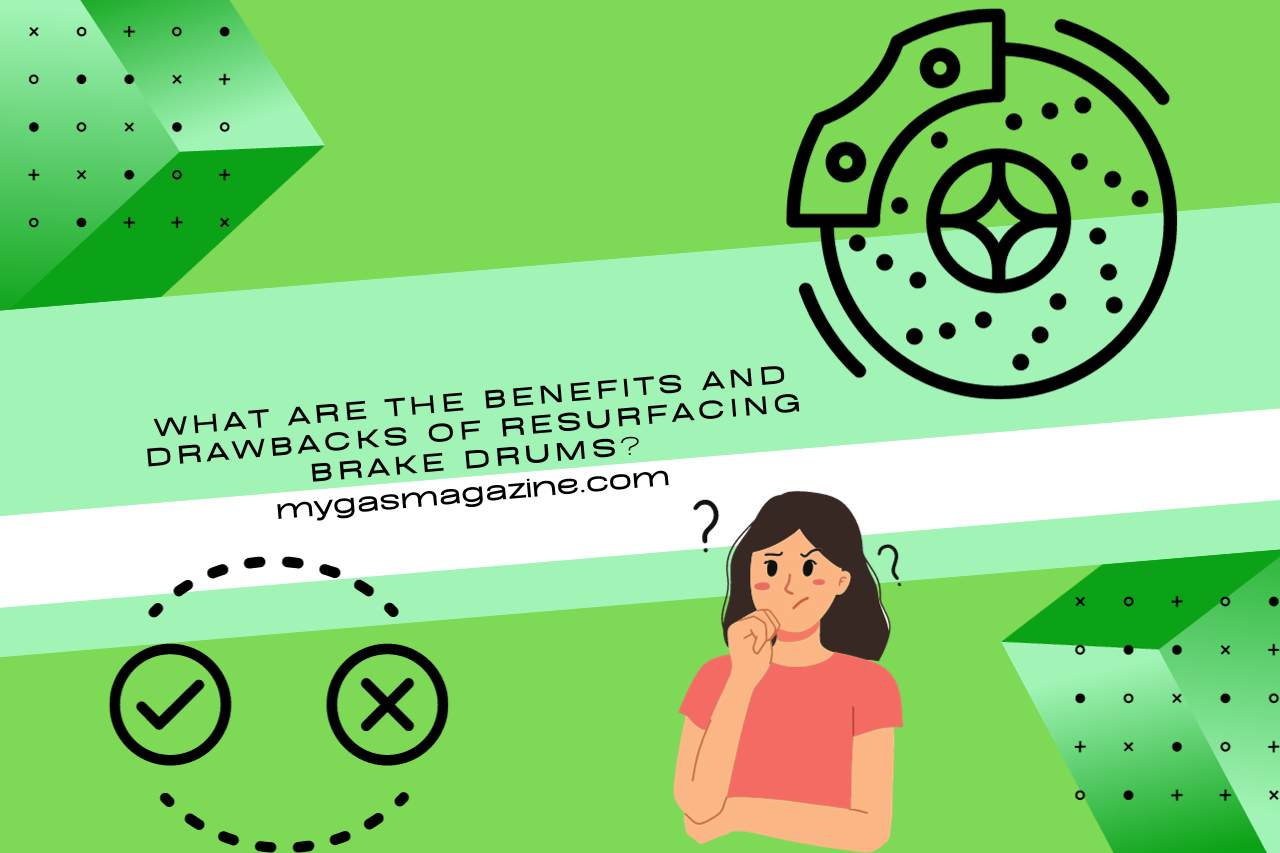

What are the Benefits and Drawbacks of Resurfacing Brake Drums?
Resurfacing brake drums offers both benefits and drawbacks. Therefore, it is important for you to understand when this procedure would be your most appropriate choice.
Benefits:
- Cost-Effectiveness: Resurfacing is generally less expensive than replacing your brake drums. It’s an economical way to extend the life of your brake drums without having to completely replace your components.
- Improved Braking Performance: By creating a smooth, even surface on your drums, resurfacing can improve your braking efficiency and pedal feel. It also helps you with your new brake shoes to bed in properly.
- Reduction of Noise and Vibration: Resurfacing can eliminate your noises and vibrations caused by your uneven or worn drum surfaces, leading to quieter and smoother braking.
Drawbacks:
- Material Limitations: There’s a limit to how much material can be safely removed from your drum. Excessive resurfacing can weaken your drum, potentially leading your drum to have cracks or failure.
- Not a Solution for All Issues: Resurfacing cannot fix all your brake drum problems. Drums with deep grooves, cracks, or significant warping may definitely need to be replaced.
- Temporary Fix: While resurfacing can extend the life of your brake drums, it’s not your permanent solution. Over time, your drums may need to be resurfaced again or ultimately replaced.
Understanding such benefits and drawbacks can help you make informed decisions about maintaining your brake systems effectively and safely.
You May Also Like
- How do I Reset Parking Brake Light? Demystifying Dashboard Lights
- How does a Caliper Parking Brake Work? Unveiling the Mechanics!
- How to Tell If Parking Brake is Stuck? Uncover the Mystery!
- Difference Between Park and Parking Brake – (Understanding Auto Lingo)
- When to Use Park Brake? Mastering the Art of Parking!
- Park Lights Come On When the Brake is Pressed – Understanding the Link!
- Brake Lamp Bulb Fault – Replacing a Faulty Brake Lamp Bulb!
- Park Brake Limited Function Service Required – Expert Tips for Maintenance!


Meet Lakith, the driving force behind MyGasMagazine.com. A seasoned mechanic with over 7 years of hands-on experience in our family-run Gas Mag Garage, Lakith combines his technical expertise with a deep passion for cars. His journey in the automotive world began alongside his father, learning the intricacies of car repair and maintenance. Today, as the founder of MyGasMagazine.com, Lakith shares his wealth of knowledge, offering readers a unique blend of practical advice, industry insights, and engaging stories from the vibrant car culture of Sri Lanka.

